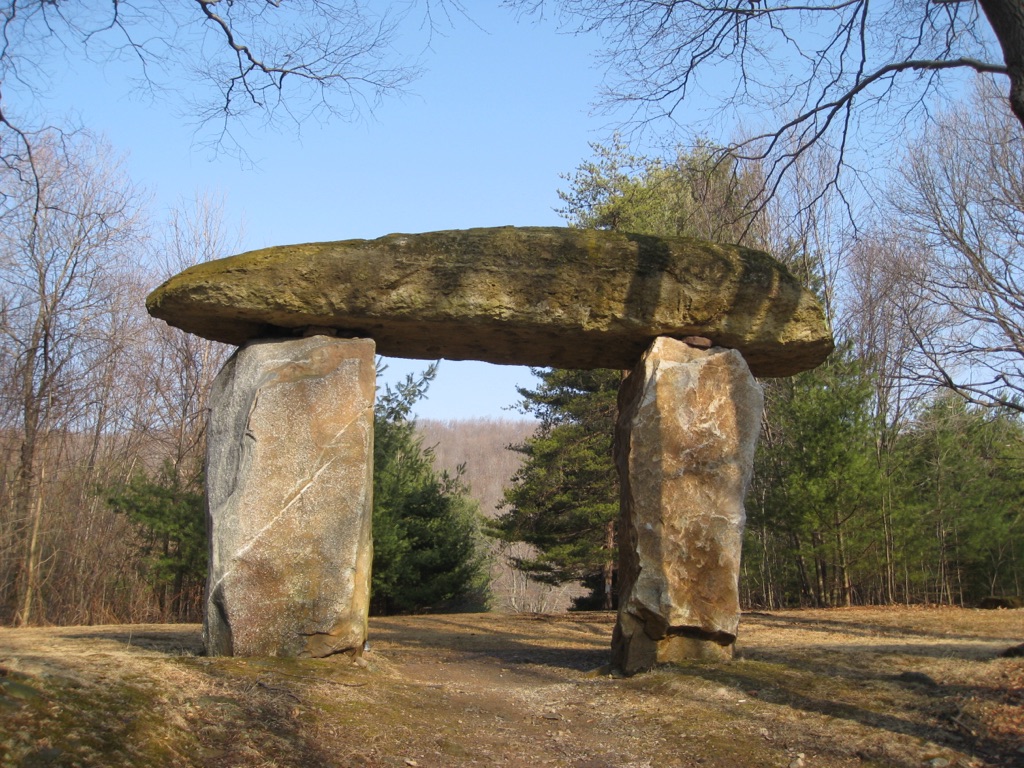Columcille Megalith Park, situated in the foothills of the Appalachian mountains in eastern Pennsylvania, stands as a remarkable embodiment of the intersection between visionary passion, prehistoric traditions, and environmental communion. Spanning over seventeen acres of gently rolling hills, glens, woods, and meadows, the park is home to nearly ninety settings of megaliths.
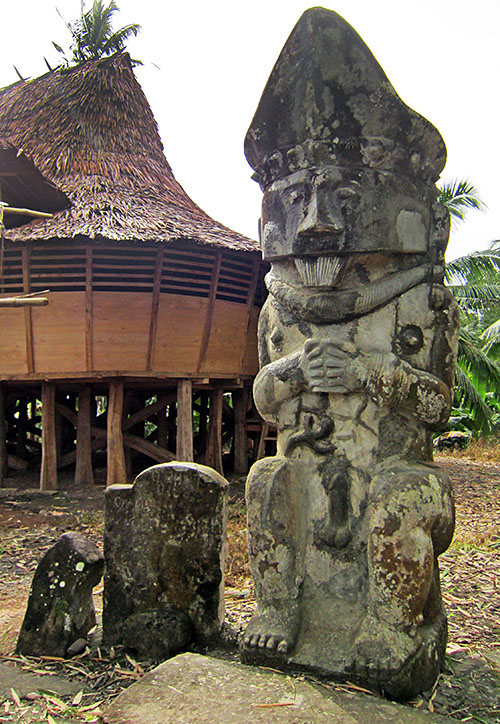
Indonesian Megaliths
The Indonesian archipelago, a vast expanse of islands rich in cultural diversity and history, is home to a remarkable tradition of megalithic monument construction that spans centuries. Among these islands, Nias stands out for its unique megalithic practices, deeply rooted in the island’s indigenous beliefs and social structures. The megaliths of Nias Island, comprising stone statues, tombs, and other ceremonial structures, are not merely architectural feats but are imbued with significant cultural and spiritual meanings.
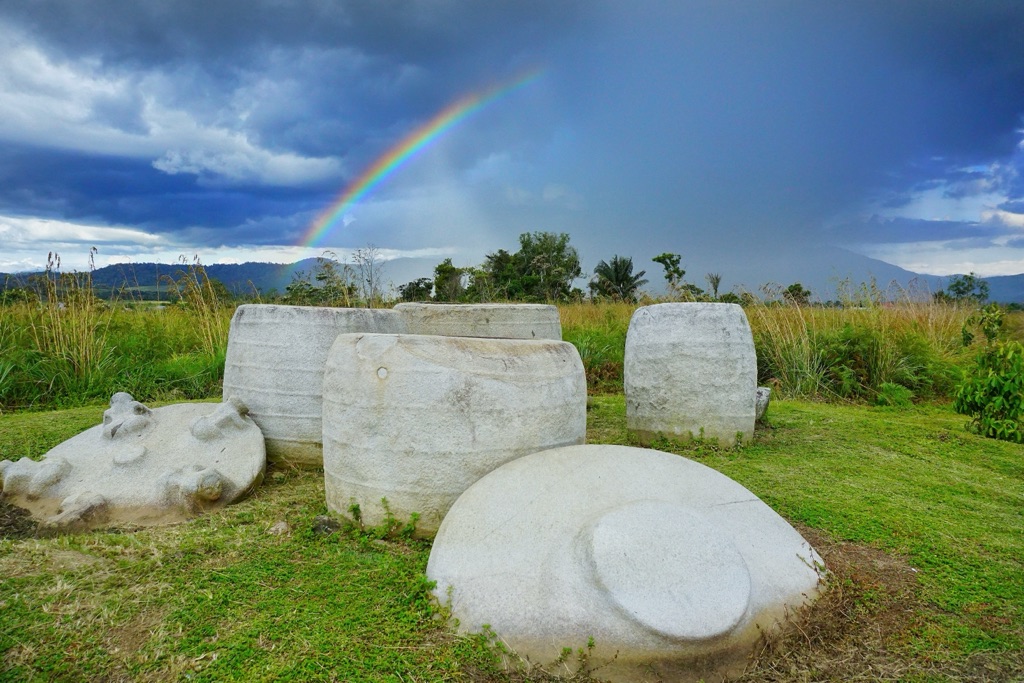
Pokekea Megalithic Site
Within the heart of Sulawesi’s mystic landscapes lies Pokekea, a site lucidly illustrating the intricate megalithic culture of Indonesia. As a vivid expression of prehistoric creativity and spirituality, Pokekea, nestled within Besoa Valley, captivates with its monumental jars, traditionally known as Kalamba, and an array of statues that offer glimpses into the enigmatic past of this region. The array and intricacy of the artifacts found here underline the significance of this site as a cultural and religious focal point for ancient communities.
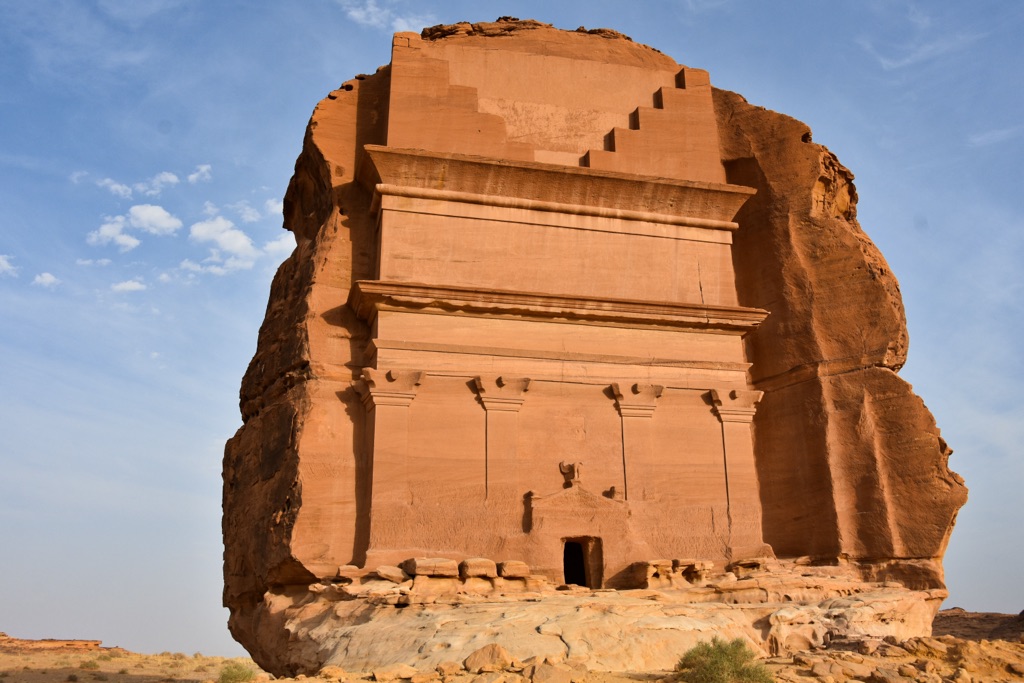
Mada’in Saleh
Hegra, also known as Al-Hijr or Mada’in Salih, is an archaeological site of significant historical importance located in the Hejaz region of Saudi Arabia, within the Medina Province. This site, primarily dating from the 1st century AD, was a pivotal city in the Nabatean Kingdom, second only to Petra, the capital city located in present-day Jordan. Hegra not only showcases the architectural and agricultural advancements of the Nabateans but also serves as a testament to the diverse cultural and commercial interactions that took place in this region.
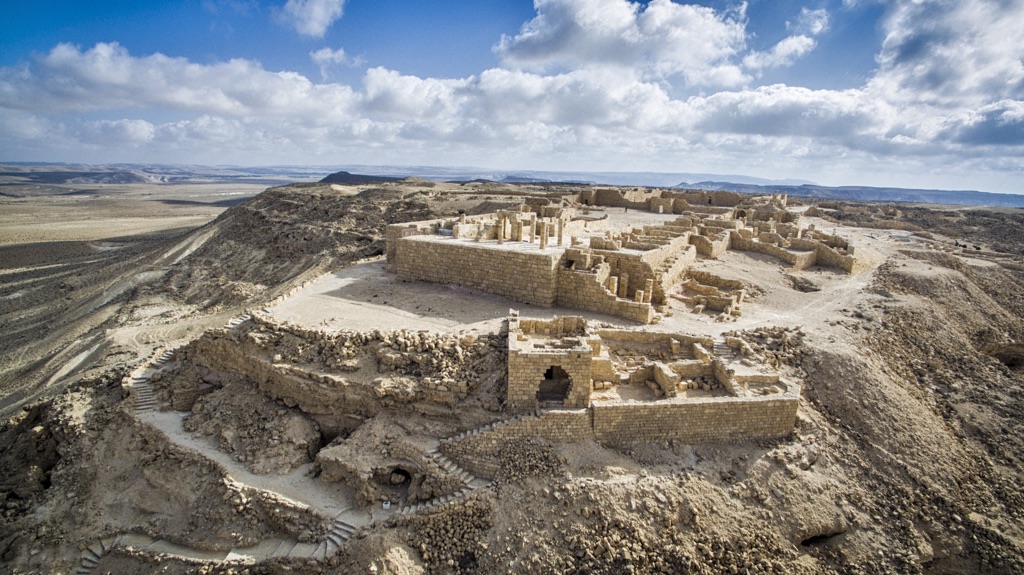
Avdat
Avdat, also known by its various names such as Abdah, Ovdat, and Eboda, stands as a testament to the rich tapestry of ancient civilizations that once thrived in the Negev desert of southern Israel. This site, primarily renowned for its association with the Nabataeans, also saw the influence of Romans, Byzantines, and early Islamic cultures from the 3rd century BCE until the 7th century CE. As the most significant city on the Incense Route following Petra, Avdat’s strategic importance and cultural legacy are undeniable.
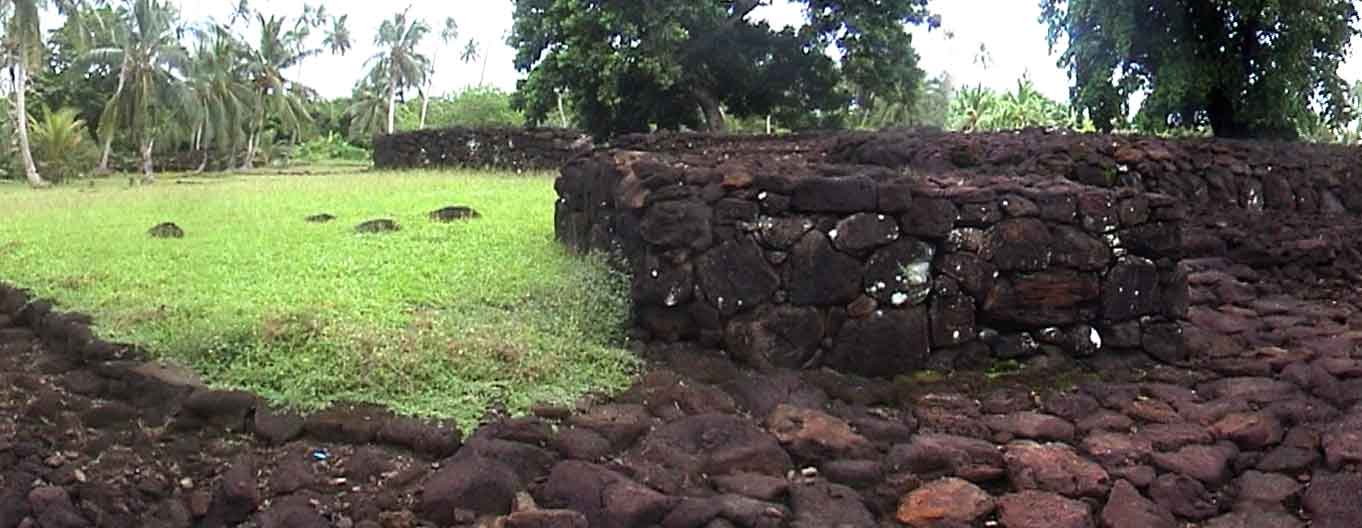
Talietumu Ruins
Talietumu, situated in the Mua District, holds a pivotal place in the historical and cultural landscape of the region. Located approximately 3 km northwest of Mala’efo’ou and about 8 km southwest of Mata-Utu, the capital, Talietumu offers a unique glimpse into the past civilizations that once thrived in this area.

